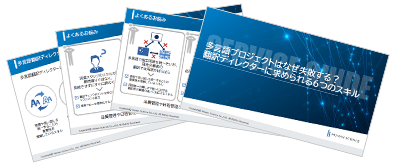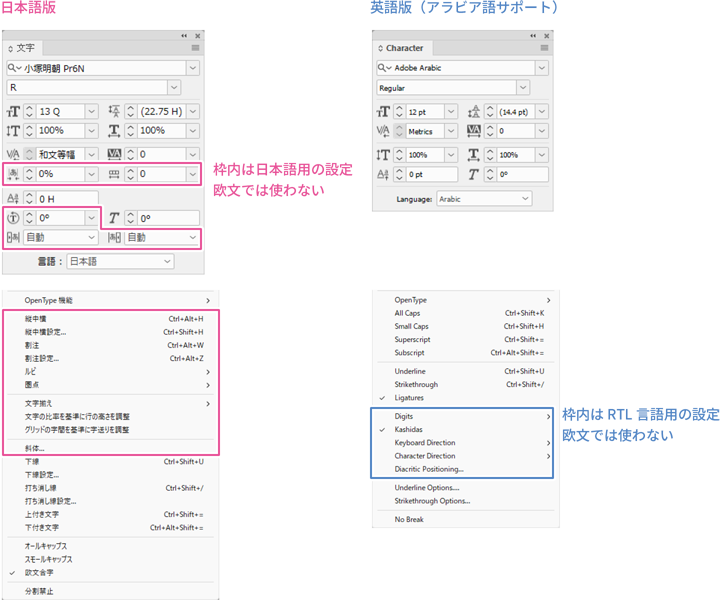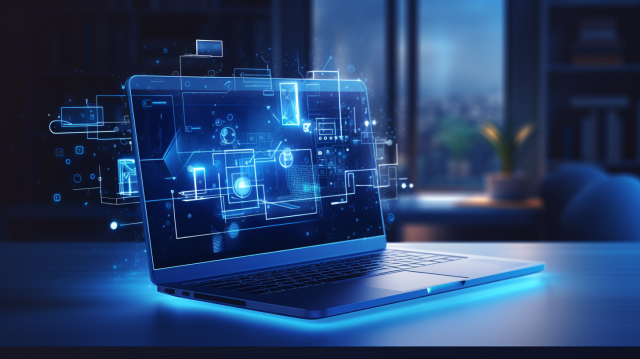
- Table of Contents
-
- 1. What is ISO18587
- 2. What is post-editing?
- 3. Similarities and Differences with ISO17100
- 4. Purpose and Focus of ISO18587
- 5. Items Frequently Reviewed in Required Standards and Audits
- 6. Benefits of Obtaining Approval
- 7. Flow of Acquisition and Update Audits
- 8. Necessary Preparations and Points
- 9. Summary
1. What is ISO18587
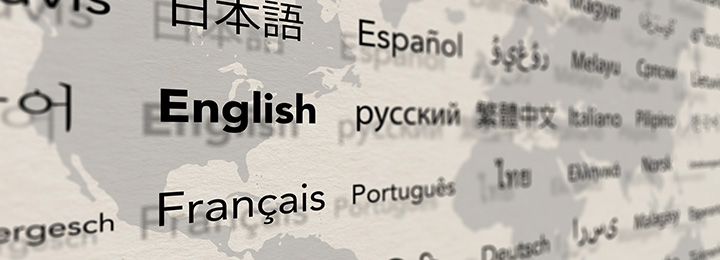
ISO18587 is an international standard issued in 2017, concerning post-editing utilizing machine translation.
This standard establishes requirements related to post-editing procedures and methods, qualifications and skills of post-editors, and document management, promoting the improvement of translation quality.
2. What is post-editing?

Post-editing is the process of manually correcting the translation results of a machine translation engine. There are mainly two methods: "full post-editing" and "light post-editing."
Full Post-Editing:
Thoroughly revises the entire text of machine translation. Changes the structure and meaning of sentences and corrects incorrect translations.
Light Post-Editing:
A rough review of machine translation results, making minor corrections as necessary.
For details on full post-editing and light post-editing, please refer to this page.

3. Similarities and Differences with ISO17100
ISO18587 is a standard specialized in post-editing, which is part of the translation process, focusing on ensuring quality after translation.
On the other hand, ISO17100 focuses on quality management throughout the entire translation process, covering not only translation, proofreading, and review procedures but also project planning, execution, resource management, and quality assessment after project completion.

4. Purpose and Focus of ISO18587
ISO18587 establishes international standards for post-editing and aims to improve quality in translation work using machine translation.
ISO18587 focuses on the following three points.
・Post-editing procedures and methods
・Qualifications and skills of post-editors
・Final translation quality
5. Items Frequently Reviewed in Required Standards and Audits
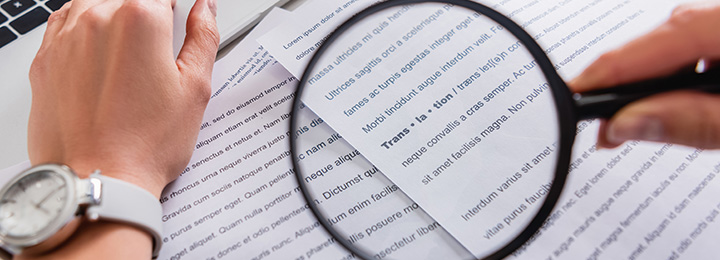
ISO18587 focuses on "post-editing procedures and methods," "qualifications and skills of post-editors," and "final translation quality." Therefore, it is essential to first verify whether your company's or organization's post-editing services meet sufficient standards in these areas.
During the audit, the following items will primarily be reviewed.
Overall Work Process
The actual work process of post-editing is inspected to ensure it is properly documented and followed. This includes the procedures for translation and post-editing, quality control procedures, and methods for collecting feedback.
Post-Editor Recruitment Criteria
The recruitment process for post-editors is examined to determine whether it is rigorous and whether the language skills, expertise, and quality management skills of the post-editors are appropriately evaluated.
Post-Editor Development System
The adequacy of the training of post-editors will be assessed. This includes post-editor training programs and educational systems.
Feedback System
It will be checked whether feedback to post-editors is being conducted appropriately. It is important to have a system in place that allows post-editors to receive feedback for improving translation quality and to make improvements accordingly.
Quality Management Process
The quality management of the entire post-editing process is inspected. This includes transparency of the workflow, setting quality assessment criteria, and documenting quality assurance procedures.
Confidentiality and Security
Policies to ensure the confidentiality of documents and information handled during the post-editing process are properly adhered to.
To demonstrate that these systems, standards, processes, etc. actually exist and are consistently applied in operations, it is necessary to present the materials that are actually used to the auditor and provide supporting explanations.
For example, when explaining the feedback system, it is necessary to present the following items to the auditor.
・Template for feedback sheet to send to post-editors
・Past feedback sent to post-editors
・Post-editor evaluation management sheet
・Email template used when sending feedback
・Reply email from post-editors regarding feedback
・Storage location and folder structure for feedback data
6. Benefits of Obtaining Approval
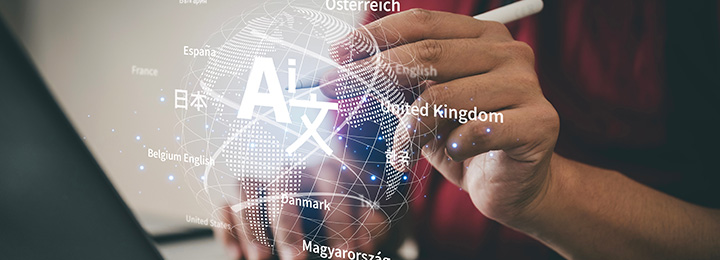
Obtaining approval for ISO18587 has the following benefits.
Adaptability to the Increasing Demand for Post-Editing Due to Improved Accuracy of Machine (AI) Translation
By obtaining ISO 18587 certification, we can establish a strong position in the market where the demand for post-editing is increasing alongside the improved accuracy of AI translation.
Differentiation from Companies Certified for ISO17100
By obtaining approval for ISO18587, you can demonstrate your unique strengths and expertise, enhancing your competitiveness among many companies that comply with ISO17100.
7. Flow of Acquisition and Update Audits
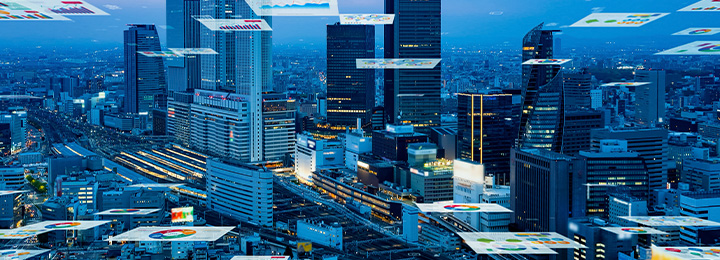
The acquisition and renewal audit of ISO18587 typically follows the steps below.
Application:
I will apply to the certification body.
Audit Coordination:
We will coordinate the audit schedule.
Audit Implementation:
On the audit day, auditors from the certifying body will visit to evaluate the post-editing process and quality management system. Additionally, in some cases (especially with overseas organizations), audits may be conducted online. Audits are usually conducted only once, but the duration varies by organization. Generally, it is considered that at least 3 hours are required.
Certification:
If all conditions are met, the organization will be granted ISO18587 certification at a later date. Some agencies may notify the decision immediately after the audit.
The renewal audit generally follows the same procedures as the initial audit. The renewal period for ISO 18587 is typically every three years. This means that organizations obtaining approval for ISO 18587 must undergo a renewal audit every three years.
8. Necessary Preparations and Points

The procedures for obtaining or renewing ISO 18587 are not particularly complex. Scheduling the audit can also be adjusted relatively quickly. Rather, what takes time is the preparation of the materials required for the audit, as well as coordination and meetings with the members involved in the audit.
Additionally, when referencing past projects during an audit, it may be required to present the job number of that project along with relevant information at the beginning. Therefore, it is important to prepare such information in advance.
When using overseas certification bodies, it is recommended to translate some documents into English as needed to ensure a smooth audit process. Additionally, it is necessary to arrange for an interpreter or someone proficient in English to be present during the audit. However, if the person responsible for interpretation can immediately understand the content of the Japanese documents and interpret smoothly, there may be no need to translate those documents into English.
9. Summary
ISO 18587 establishes international standards for post-editing to improve the quality of translation work based on machine translation. By complying with this standard, companies can conduct audit procedures and obtain ISO 18587 certification.
By obtaining ISO 18587 certification, you can appropriately respond to the demand for post-editing and enhance your competitiveness, so please consider it.
Human Science obtained ISO 18587 in 2023. Due to the high quality of our translations, we receive requests for post-editing services and human translation services from many global companies. We utilize translation assistance (CAT) tools such as Trados and Phrase TMS (formerly Memsource), as well as machine translation tools, to improve translation efficiency and quality, contributing to our clients' further development. Please feel free to contact us when considering outsourcing your translation needs.
Related Services


